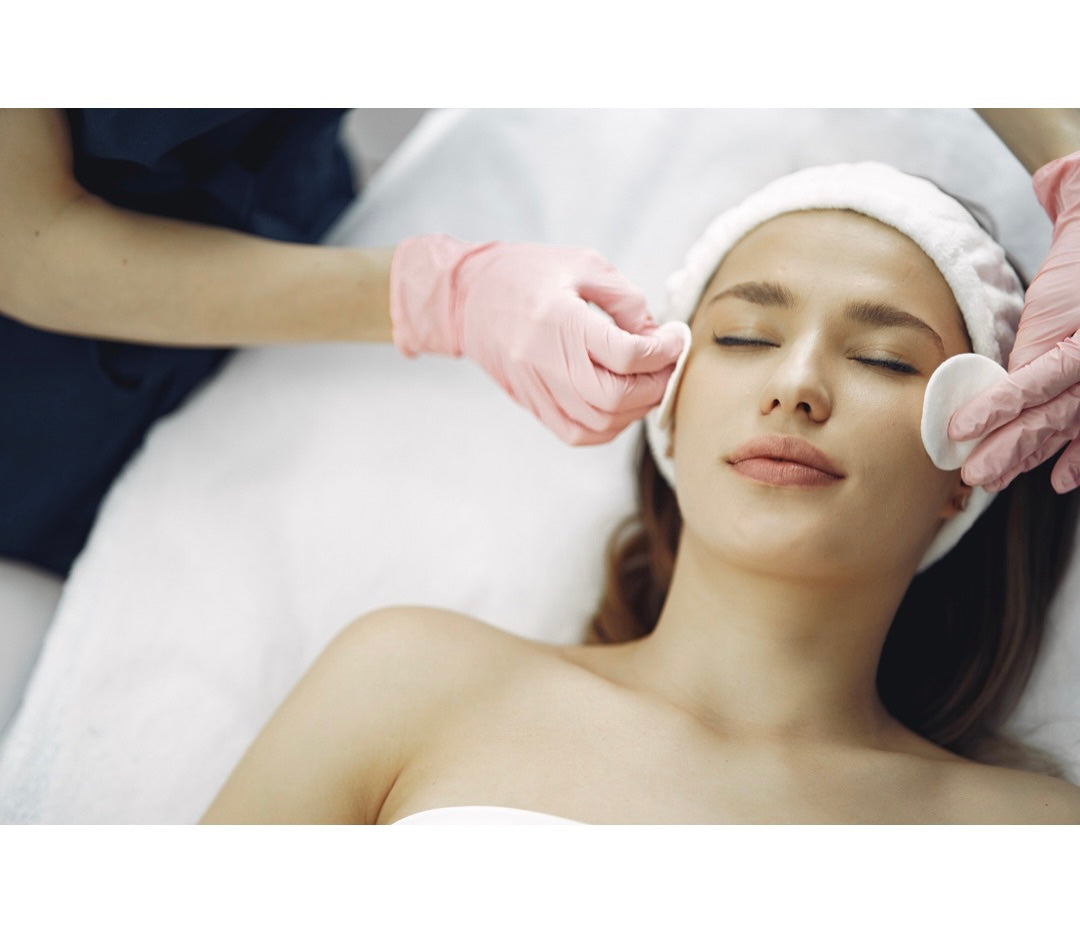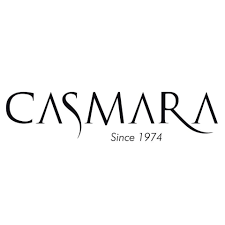Chemical Peels

Hey BFFs, welcome back to the BFF Blog! Today we are talking about chemical peels! We will be covering what it is, how to prep for one, and what do afterwards. We will discuss the different levels, and different types of acid. We will also talk about the risks, and also who isn’t a good candidate for a chemical peel. While we will be going over a lot of great information, always remember to consult with your esthetician, they are trained professionals who have gotten familiar with your skin. With all that being said let’s dive in!
What is a Peel?
A chemical peel is an effective skin treatment option used to improve texture, tone, fine lines, wrinkles, breakouts, and dark spots caused by acne, sun damage, or hormones. Also, if you have rosacea, certain peels can help calm it down. After the treatment your skin will shed dead or damaged skin leaving you with healthy and glowing skin.
How to Prep?
The week before, you want to avoid laser treatments, waxing, and depilatory creams. Days leading up to it you will want to take a break from abrasive exfoliants, skin lighteners, self-tanners and retinols.
What to do after a peel?
Avoid sunlight, tanning, hot water, sweating, blow dryers and ice.
Treat your skin gently. Use a gentle cleanser, a hydrating moisturizer and most importantly, sunscreen. Ask your esthetician about getting post care kit, so that way you get the most out of your peel! Also, always remember to always follow your esthetician’s directions.
Different Peel Levels:
No down time peel is a superficial peel that treats the epidermis and is most effective of treating fine lines, uneven skin tone, acne, and dryness. You can get these peels every 2-5 weeks
Level 1 peels treat the epidermis and the upper part of the dermis and is most effective at treating wrinkles, acne scars, and uneven skin tone. It has a 2 -7 day recovery time, and should be discussed with your esthetician about how frequently you should have these done.
Level 2 peels remove skin cells even deeper, and most effective for deeper wrinkles and scarring. It has a 7-14 day recovery time, and again should be discussed with your esthetician about how frequently you should have these done.
Types of Acids Used in Peels
AHAs increase cell turnover to stimulate fibroblast to produce collagen and fibroblast. Listed below, are common AHAs:
Lactic acid is derived from milk and sugars. It is anti-microbial and hydrating. It has a larger molecule which penetrates the skin slower and reduces the chance of irritation and inflammation.
Glycolic Acid is derived from sugars. It has low molecular weight, which makes it easier to penetrate the skin. It has strong degreasing properties which are great for oily, and acneic skin.
Mandelic Acid is derived from bitter almonds, it is a gentler exfoliant making it ideal for sensitive skin. Helps to treat hyperpigmentation.
Citric Acid is derived from citrus fruits. It works to thicken the epidermis and increases hyaluronic acid, attracting and holding onto moisture. Great for anti-aging and brightening.
Malic Acid is derived from apples, it is a larger molecule which slowly penetrates the skin, reducing the chance for irritation, making it great for sensitive skin. It is a humectant and has antioxidant benefits.
BHAs are best known to fight bacteria and are an oil-soluble acid that gets down into pores to clean them out. Listed below is the most common BHA:
Salicylic acid is lipophilic and can penetrate into oil filled follicles and breakdown the impaction. It is great for treating acne.
Risks
Risks can be redness, scabbing, swelling, scarring, hypopigmentation, hyperpigmentation, and possible infection
Who should Avoid Chemical Peels
If you have taken oral acne medication in the past 6 months, have a history of keloids, are pregnant, have a history of severe cold sores, and melanoma. Always consult to ensure there are no further contraindications.
Hopefully, you found this information helpful and we will see you guys next week on the BFF Blog!



Comments